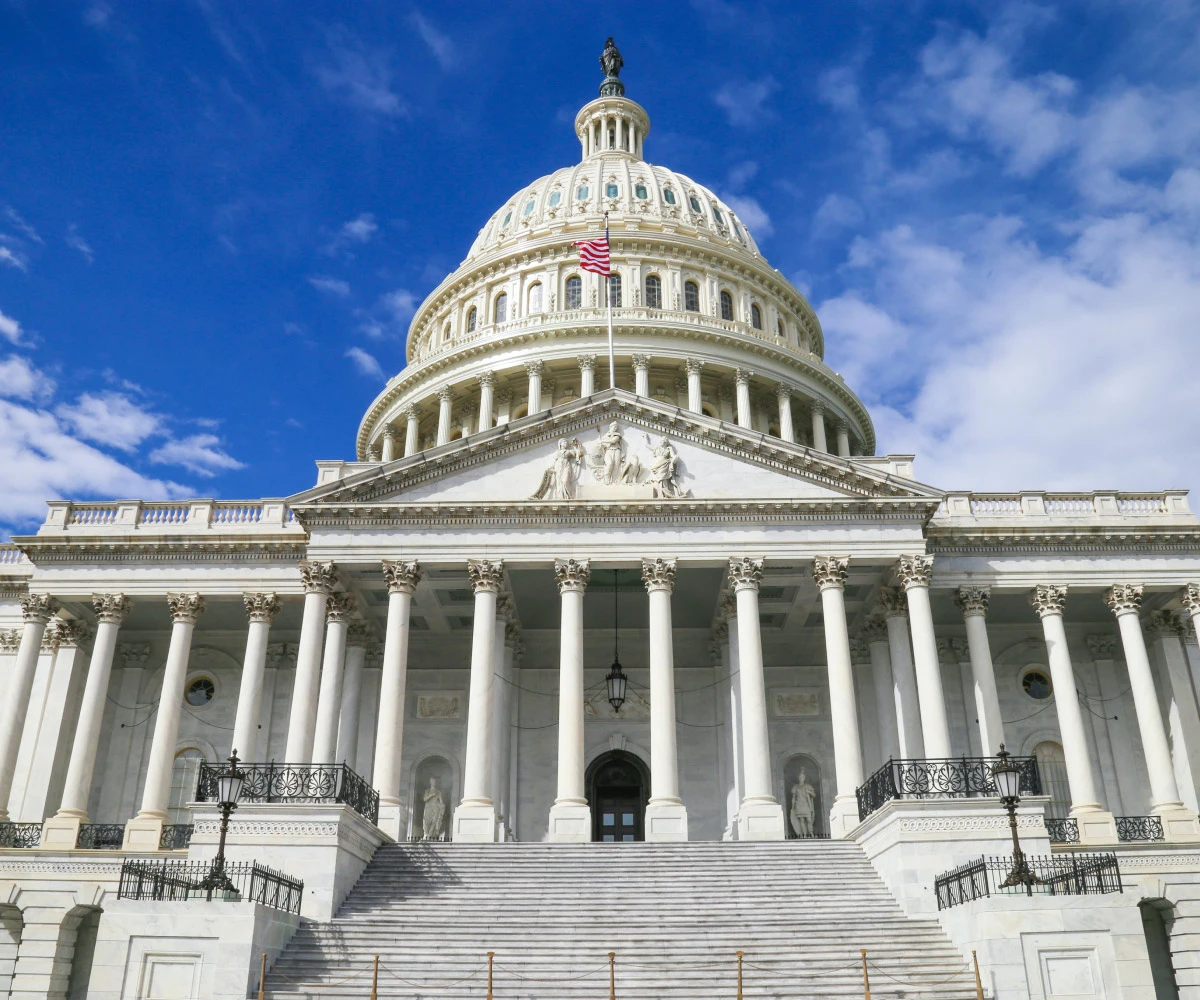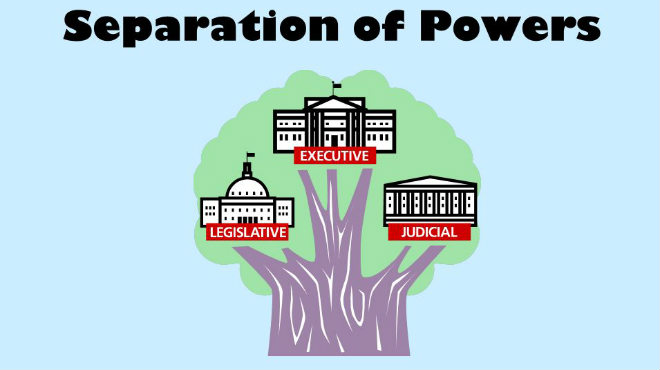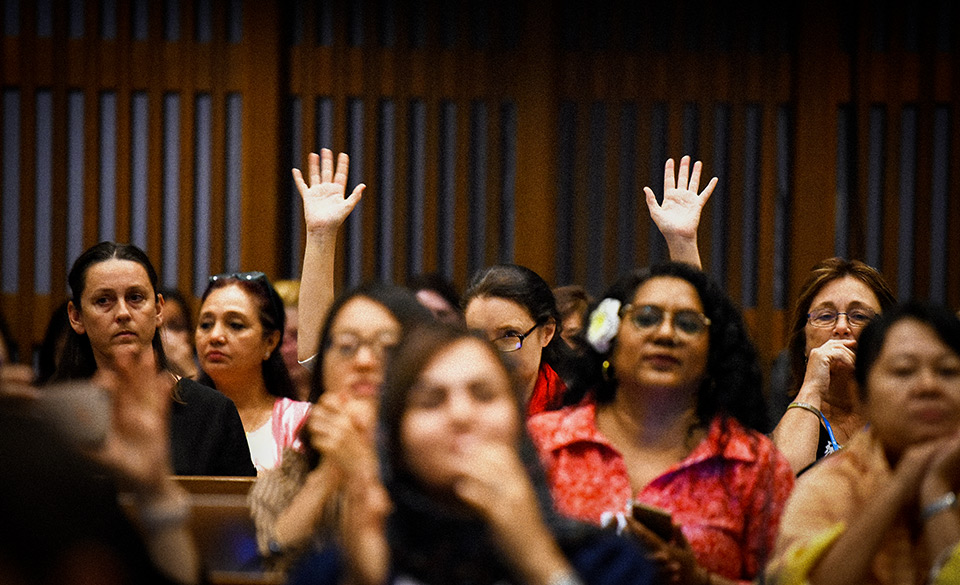Government System Differences: Parliamentary vs. Presidential
Explore the distinctions between parliamentary and presidential government systems. Learn how each system functions and impacts governance.

Understanding the Differences Between Parliamentary and Presidential Systems of Government
The governance of a country is a complex and multifaceted task, and the choice of the system of government plays a crucial role in shaping its political landscape. Two prominent systems that have been adopted by nations worldwide are the parliamentary system and the presidential system. These systems differ in their structures, the roles of key actors, and their impact on the functioning of the government. In this article, we will delve into the distinctions between these two systems to gain a better understanding of how they operate.
Parliamentary System of Government
A parliamentary system of government, often referred to as a parliamentary democracy, is characterized by the following key features:
Fusion of Powers: In a parliamentary system, there is a fusion of powers between the executive and legislative branches of government. The executive branch, headed by the Prime Minister, is drawn from the majority party or coalition in the legislature, blurring the lines between the two branches.
Collective Responsibility: One of the defining features of a parliamentary system is collective responsibility. The executive branch, including the Prime Minister and the Cabinet, is collectively responsible to the legislature. If the legislature passes a vote of no confidence, the entire government may be dissolved, leading to new elections.
Dual Executive: In a parliamentary system, there is often a dual executive consisting of the Head of State (often a monarch or ceremonial president) and the Head of Government (the Prime Minister). The Head of State's role is largely ceremonial, while the Head of Government holds real political power.
Flexible Elections: Parliamentary elections are usually held at regular intervals, and the timing can be more flexible than in presidential systems. The Prime Minister can call for early elections, subject to certain limitations.
Majority Rule: The party or coalition with the majority of seats in the legislature forms the government. The leader of this majority party becomes the Prime Minister.
II. Presidential System of Government
A presidential system of government, also known as a presidential democracy, is characterized by the following key features:
Separation of Powers: In a presidential system, there is a strict separation of powers between the executive, legislative, and judicial branches of government. The President, as the head of the executive branch, is elected independently of the legislature.
Fixed Terms: Presidential elections are held at fixed intervals, typically four or five years, and the President's term is also fixed. This provides stability and predictability in the political system.
No Collective Responsibility: Unlike parliamentary systems, there is no concept of collective responsibility in presidential systems. The President and their administration are not subject to votes of no confidence from the legislature.
Strong Executive: The President has significant powers and often serves as both the Head of State and Head of Government. They appoint their Cabinet members without requiring legislative approval.
Checks and Balances: Presidential systems often have a system of checks and balances to ensure that no single branch of government becomes too powerful. This includes the role of an independent judiciary.
Comparison Between Parliamentary and Presidential Systems
Executive Selection: In a parliamentary system, the executive (Prime Minister) is indirectly elected by the legislature, while in a presidential system, the executive (President) is directly elected by the people.
Separation of Powers: Parliamentary systems have a fusion of powers, whereas presidential systems have a strict separation of powers.
Collective Responsibility: Only parliamentary systems have the concept of collective responsibility, where the government can be dissolved by a vote of no confidence.
Stability vs. Flexibility: Presidential systems tend to offer more stability with fixed terms, while parliamentary systems provide greater flexibility in calling for elections.
Strong vs. Ceremonial Head of State: In parliamentary systems, the Head of State is often ceremonial, while in presidential systems, the President serves as both the Head of State and Head of Government.
Cabinet Composition: In parliamentary systems, Cabinet members are typically drawn from the legislature, whereas in presidential systems, they are appointed by the President.
Advantages of Parliamentary Systems:
Responsiveness: Parliamentary systems are often more responsive to changing political landscapes. If the governing party loses the support of the legislature or experiences a crisis, it can lead to the formation of a new government without the need for lengthy election cycles.
Accountability: The concept of collective responsibility in parliamentary systems means that the government is held accountable for its actions and policies. If the government fails to meet the expectations of the legislature and the public, it can be replaced swiftly through a vote of no confidence.
Cooperation: Parliamentary systems encourage cooperation between the executive and legislative branches since the government must maintain the confidence of the legislature. This can lead to more effective policymaking and governance.
Minority Governments: In parliamentary systems, it is possible for minority governments to be formed, where the governing party or coalition holds fewer seats than the opposition. While this can lead to political instability, it also encourages parties to work together and build consensus.
Advantages of Presidential Systems:
Stability: Presidential systems often provide greater stability due to fixed terms for both the executive and legislative branches. This stability can be advantageous for long-term planning and investment.
Separation of Powers: The strict separation of powers in presidential systems can prevent the concentration of power and reduce the risk of authoritarianism. The executive, legislative, and judicial branches act as checks on each other.
Clarity of Leadership: Presidential systems provide a clear separation between the Head of State and the Head of Government, which can lead to more stable and predictable leadership.
Accountability: While there is no collective responsibility, presidential systems still hold the executive accountable through mechanisms such as impeachment or votes of no confidence in the legislature.
Challenges and Criticisms:
Gridlock: Presidential systems can experience gridlock when the executive and legislative branches are controlled by different political parties. This can hinder the government's ability to pass legislation.
Concentration of Power: In some presidential systems, there is a risk of the President amassing too much power, which can lead to authoritarianism or a lack of accountability.
Inflexibility: Fixed terms in presidential systems can make it difficult to remove ineffective or corrupt leaders between elections.
Instability: Parliamentary systems can experience more frequent changes in government, which may lead to political instability and uncertainty.
Political Culture: The effectiveness of either system can also depend on the political culture and traditions of a country. What works well in one nation may not be suitable for another.
The choice between a parliamentary and presidential system of government is a complex decision that should consider the specific needs and circumstances of a nation. While both systems have their advantages and drawbacks, successful governance ultimately depends on the commitment to democratic principles, the rule of law, and the engagement of citizens.
It's worth noting that some countries have hybrid systems that combine elements of both parliamentary and presidential systems. These hybrid systems aim to balance the advantages of each while mitigating their respective weaknesses. Regardless of the chosen system, the ultimate goal should be to create a government that serves the interests of the people, upholds the rule of law, and promotes stability and prosperity.
What's Your Reaction?
















